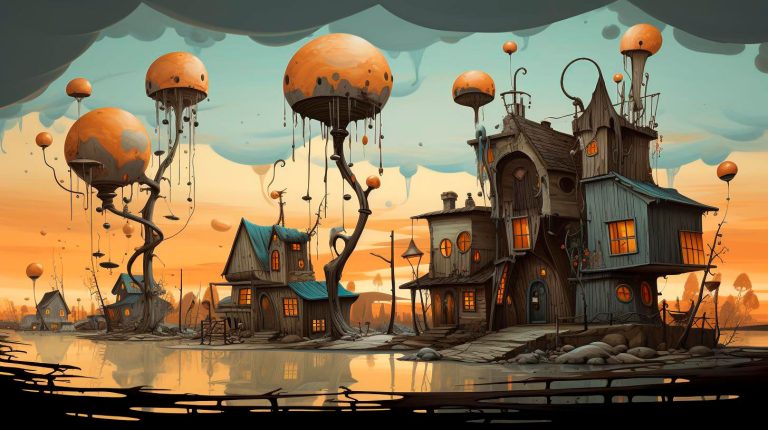By manipulating colors, shapes, and patterns, abstract photographers produce captivating visual experiences that engage viewers on an emotional level.
In this article, we will delve into the enchanting world of abstract photography, exploring its techniques, advantages, and the key takeaways people can learn from this remarkable art form.
What is Abstract Photography?
Abstract photography is a form of art that moves away from the representational aspects of traditional photography. Instead, it focuses on capturing images that emphasize colors, shapes, patterns, and textures. Through techniques like close-ups, blurring, and unusual angles, abstract photographers aim to create unique and thought-provoking visuals that may not have a clear subject or narrative.
Unlike traditional photography, abstract photography allows photographers to manipulate reality through intentional blurs, extreme close-ups, or distorted perspectives. By doing so, they encourage viewers to interpret and connect with the image on a more personal and emotional level. Abstract photography aims to evoke emotions, provoke thought, and challenge traditional aesthetics.
Techniques in Abstract Photography
Abstract photographers employ various techniques to transform everyday scenes into mesmerizing abstract compositions. Here are some of the commonly used techniques:
- Multiple Exposures: Layering multiple exposures of the same subject or different subjects to create unique and abstract compositions.
- Intentional Camera Movement (ICM): Moving the camera during the exposure to introduce blur and capture motion in a non-traditional way.
- Macro Photography: Exploring the intricate details of small subjects, such as flowers or textures, to create abstract images.
- Reflections and Refractions: Utilizing reflections or refracted light to create abstract and distorted representations of reality.
- Close-ups and Cropping: Isolating a small portion of a subject to reveal hidden patterns, shapes, or textures.
Advantages of Abstract Photography
Abstract photography offers several unique advantages over traditional photography:
- Freedom of Interpretation: Abstract images allow viewers to interpret and connect with the artwork on a personal level, as there is no predetermined subject or narrative.
- Unlimited Creativity: Abstract photography encourages photographers to experiment, push boundaries, and create images that are not restricted by the rules of realism.
- Emotional Impact: Abstract images have the power to evoke emotions and provoke thought, stimulating viewers’ imagination and stirring their feelings.
- Visual Appeal: With their vibrant colors, intriguing shapes, and unique compositions, abstract photographs can effortlessly capture viewers’ attention and create visual impact.
Key Takeaways from Abstract Photography
Exploring abstract photography can teach us several valuable lessons:
- Freedom of Expression: Abstract photography allows us to break free from traditional norms and express our creativity without limits.
- Embracing Imperfections: Imperfections can be beautiful. Abstract photography encourages us to see beauty in the unconventional and imperfect.
- Importance of Perspective: Abstract photography teaches us to look beyond the surface and explore different perspectives to create captivating and intriguing images.
- Impact of Colors and Shapes: Abstract photography shows us the power of colors and shapes in evoking emotions and creating visual impact.
Abstract photography is both a challenging and rewarding art form. It invites viewers to step away from reality and dive into their imagination. By experimenting with different techniques and exploring the realm of abstract photography, photographers can unlock their creativity and immerse themselves in a visually stunning world of possibilities.
Start your journey into abstract photography today, and let your imagination soar!





















+ There are no comments
Add yours